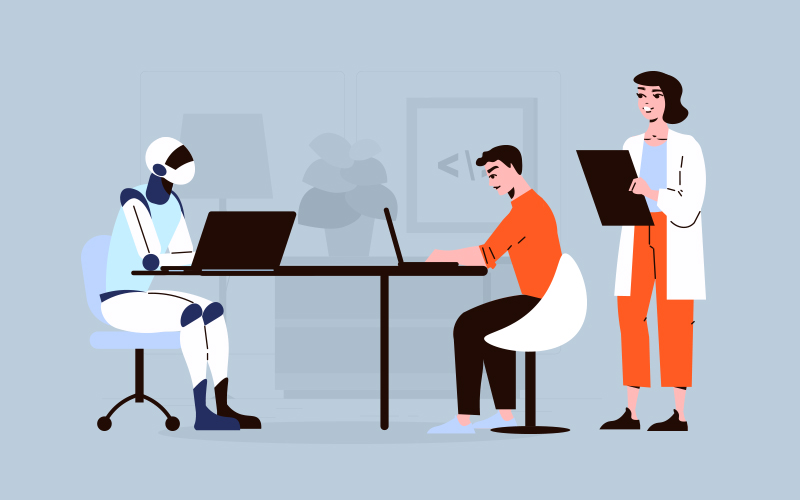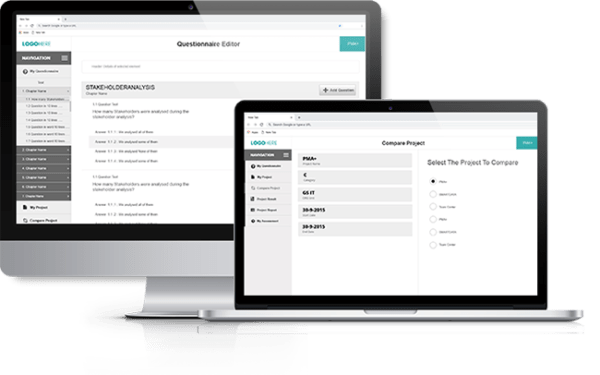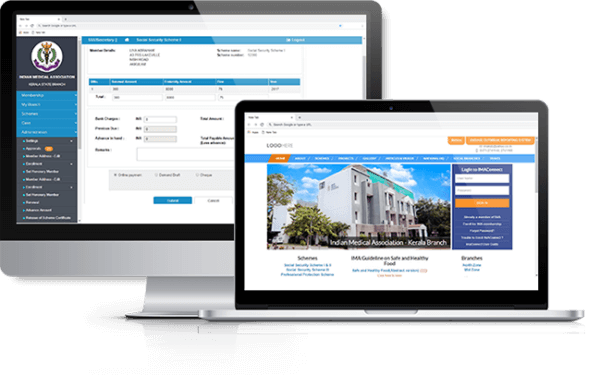In the dynamic landscape of software development, testing plays a pivotal role in ensuring product quality, functionality, and user satisfaction. Traditionally, manual testing has been the cornerstone of quality assurance, where human testers meticulously execute test cases, validate functionalities, and report bugs. However, with the rise of automation technologies, there’s a growing debate on whether automation can entirely replace manual testing. Let’s delve into this topic, debunk some myths, and explore the realities of automation versus manual testing.

Myth #1: Automation Can Replace All Manual Testing
Firstly, automation is most effective for repetitive, predictable tasks such as regression testing or executing scripted test cases. However, it struggles with exploratory testing or scenarios that require human intuition and creativity. Manual testers can adapt to changing requirements, explore edge cases, and assess the user experience in ways that automation cannot.
Secondly, automation requires significant initial investment in infrastructure, tools, and expertise. Building robust automation frameworks and maintaining test scripts can be time-consuming and costly. Automation is not immune to bugs or errors; poorly designed or maintained automated tests can yield inaccurate results, leading to false confidence in the software’s quality.
Reality Check: While automation is a valuable asset in software testing, it cannot fully replace manual testing.
Myth #2: Automation Guarantees Perfect Testing Results
Automation excels at handling well-defined tasks and repetitive testing but its effectiveness depends heavily on the quality and relevance of the data used. Poorly chosen test cases or incomplete data sets can lead to a false sense of security, potentially leaving critical bugs undetected. It flourishes at handling well-defined tasks and repetitive testing.
Complex functionalities, edge cases, and user experience testing, however, require the adaptability and intuition of human testers. Human testers are better equipped to identify and handle complex scenarios that automated tests may overlook. They can provide early feedback during the development process, especially in agile methodologies where frequent iterations are common. Human testers can quickly validate new features and changes, enabling rapid iterations and adjustments.
Reality Check: While automation offers undeniable benefits in speed and efficiency, it’s crucial to remember it’s not a silver bullet for achieving perfect testing results.
Myth #3: Automation Eliminates the Need for Skilled Testers
Automated tests provide results based on predefined criteria, but it’s the skilled testers who interpret these results in the context of the software’s quality goals and user expectations. They can investigate failures, identify root causes, and prioritize issues based on their impact on the software.
Certain types of testing, such as usability testing, accessibility testing, and security testing, require human judgment and expertise to assess accurately. Skilled testers evaluate these non-functional aspects that are challenging to automate.
Reality Check: Automation offers speed and efficiency, but it lacks the human ability to think creatively, adapt to unforeseen circumstances, and empathize with users. Skilled testers bring their intuition, critical thinking, and user-centric approach to the table, ensuring the software functions flawlessly and provides a delightful user experience.
To conclude
The debate shouldn’t be about automation versus manual testing but rather about leveraging their strengths synergistically. Automation streamlines repetitive tasks, enhances efficiency, and accelerates testing cycles. Manual testing brings human intelligence, adaptability, and critical thinking to address complex scenarios and user-centric issues. The key is to strike a balance, identify the right test scenarios for automation, invest in robust automation frameworks, and empower testers with the tools and skills for effective testing. By embracing synergy between automation and manual testing, organizations can achieve optimal quality assurance, faster time-to-market, and superior user experiences.













